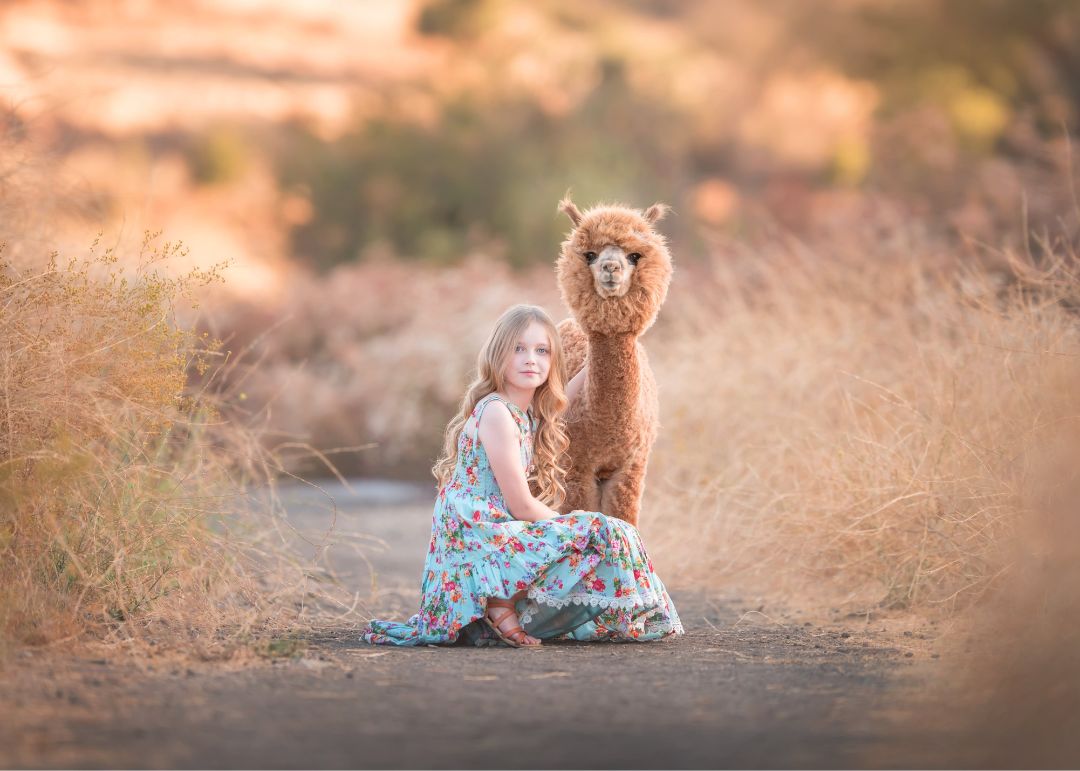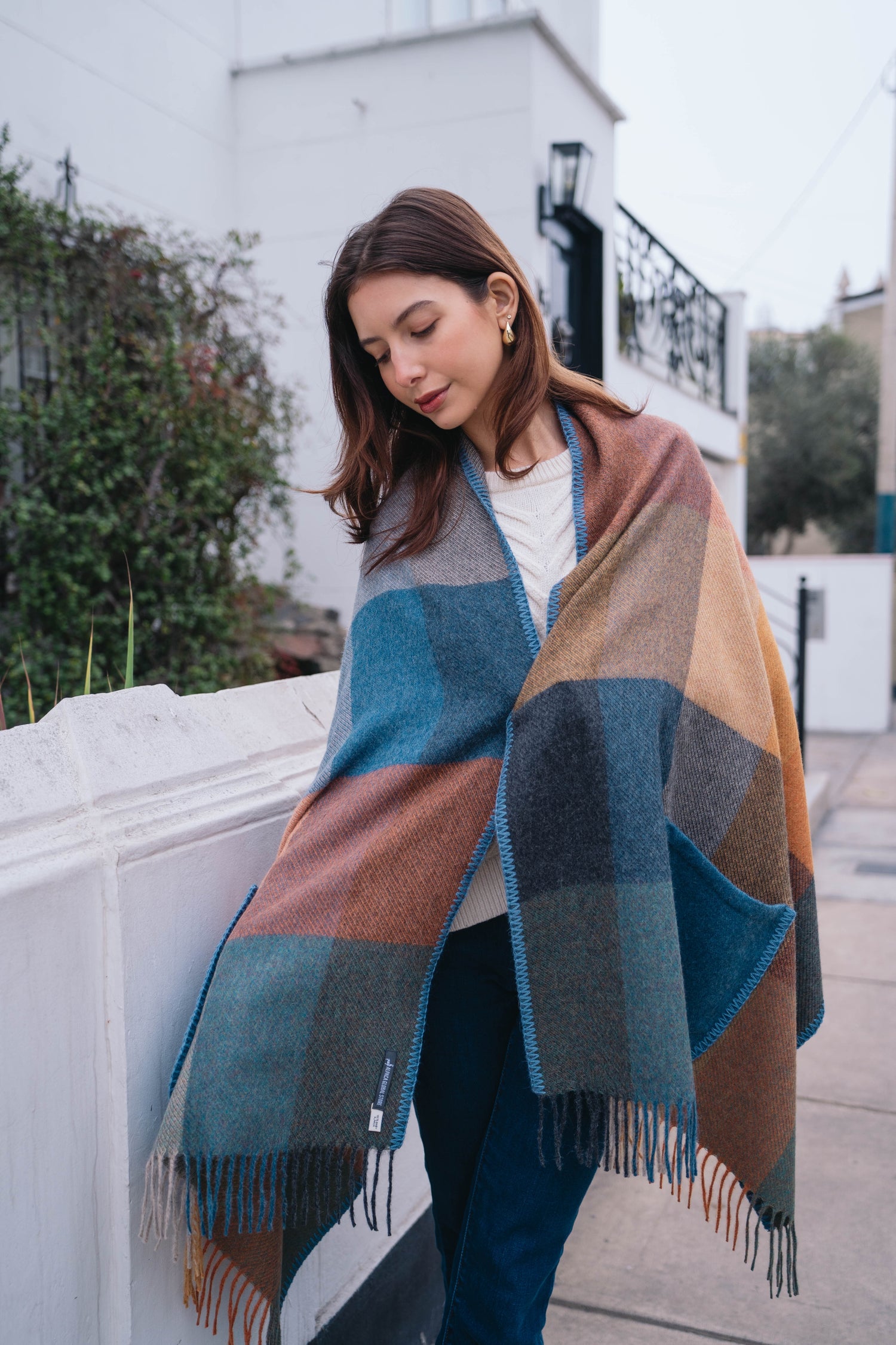
The History and Tradition of Baby Alpaca Wool
Share
Welcome to Our Blog!
In our first post, we want to take you on a fascinating journey through the history and tradition of baby alpaca wool, a precious and unique fiber that is an essential part of our culture and products.

Origins and Andean Culture
Alpaca wool has deep roots in the Andean region of South America, especially in Peru, where alpacas have been domesticated for over 5,000 years. The ancient Andean peoples, such as the Incas, greatly valued alpaca wool, considering it a luxury good reserved for nobility and royalty. The alpaca was not only a source of warmth but also a symbol of status and power.
The Alpaca and Its Natural Environment
Alpacas live at high altitudes, between 3,500 and 5,000 meters above sea level, where conditions are extreme, particularly in Peruvian cities like Cusco and Arequipa. These conditions have contributed to developing an exceptionally soft, warm, and light wool. There are two main types of alpacas: Huacaya and Suri. Baby alpaca wool comes from the first shearing of a young alpaca, typically when it is less than a year old, making it incredibly soft and fine.
Properties of Baby Alpaca Wool
Baby alpaca wool is known for its cashmere-like softness, strength, and hypoallergenic properties, as it contains no lanolin. It is a very versatile fiber that can be used for a variety of garments and accessories. Additionally, it is sustainable and biodegradable, aligning perfectly with current trends toward eco-friendly and responsible products.

The Traditional Production Process
The production process of baby alpaca wool still retains many of its traditional techniques. Andean communities continue to use ancestral methods for caring for alpacas, shearing, and weaving. The alpacas are shorn once a year, and this process requires skill and patience to ensure the fibers remain of the highest quality.
Social and Economic Impact

The production of alpaca wool is not only a tradition but also an important source of income for many Andean communities. Artisan and farmer cooperatives play a vital role in the local economy. Purchasing baby alpaca products directly supports these communities, preserving their traditions and improving their living conditions.
Baby alpaca wool is more than a fiber; it is a living connection to the history and culture of the Andes. By choosing baby alpaca products, you not only acquire a piece of exceptional quality but also join a rich tradition that supports local communities and promotes sustainability.
We will return with other topics about alpaca wool.



